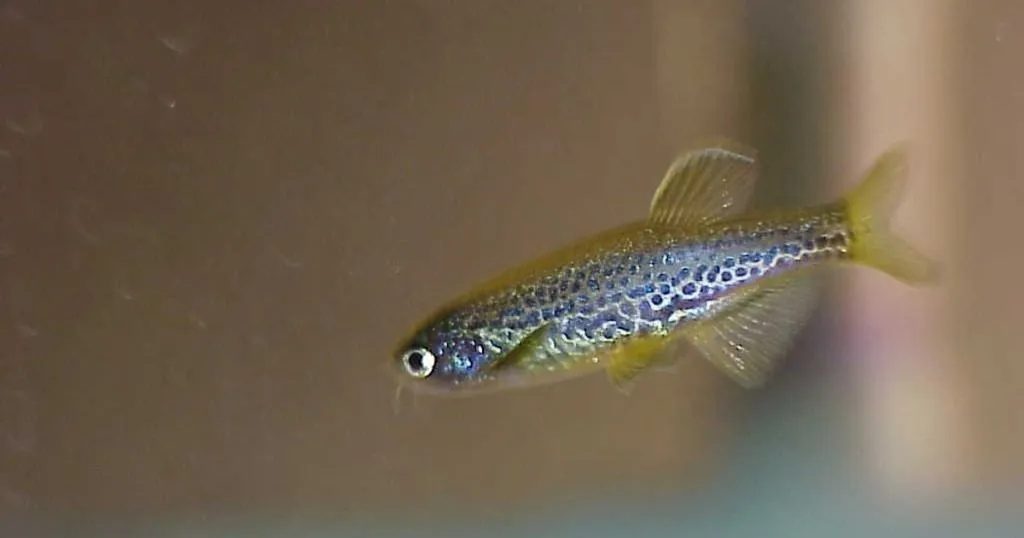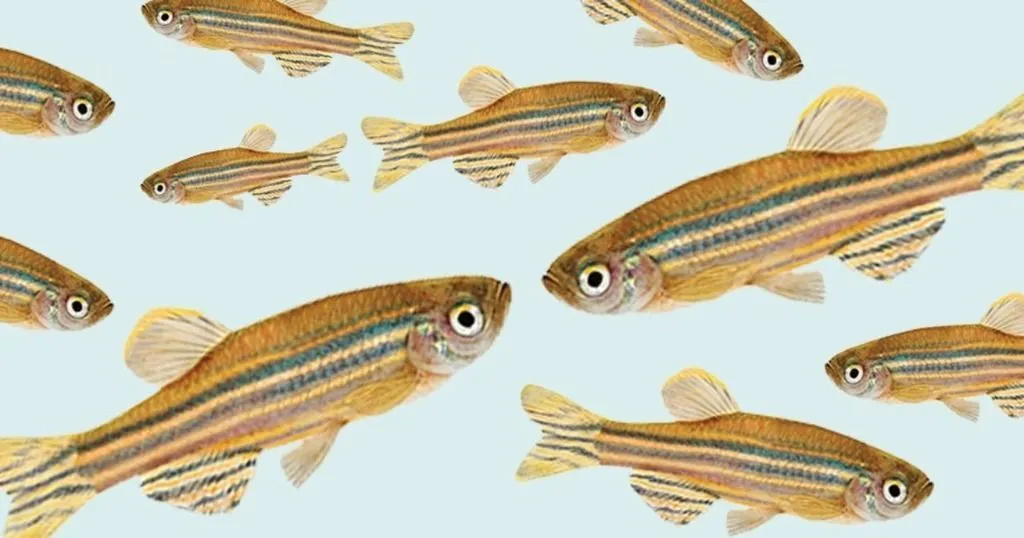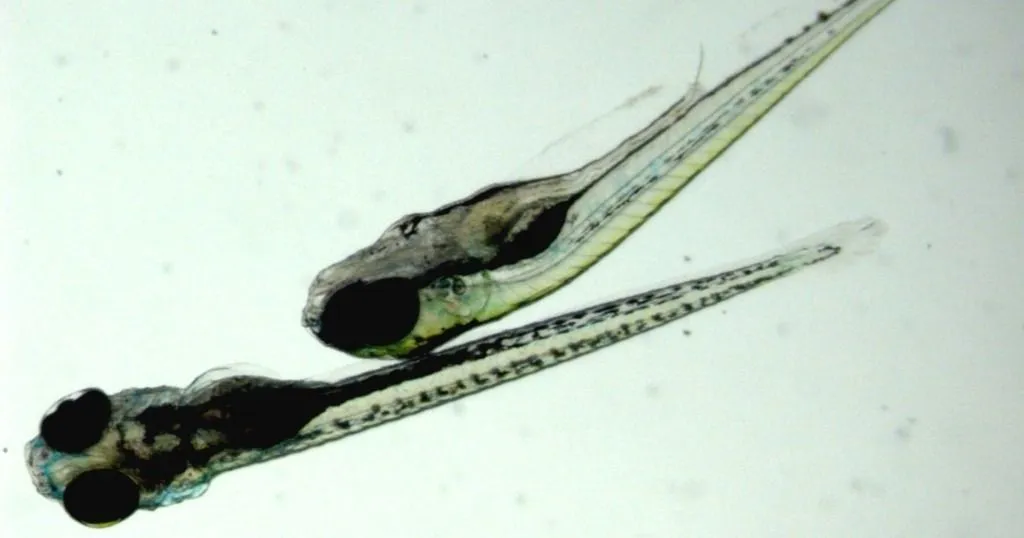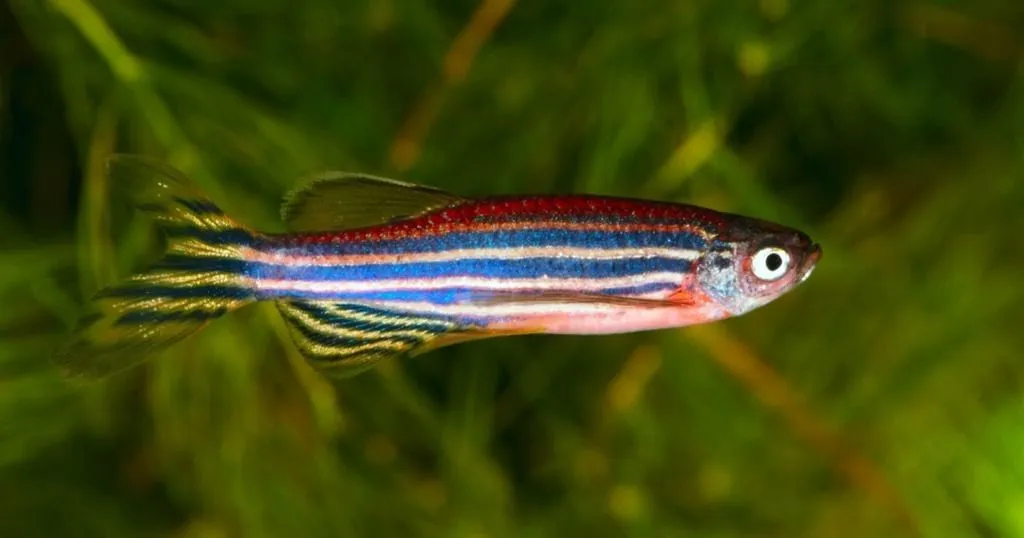What we can learn from zebrafish in a T-maze
Scrolling through our recent blogs, you can tell how important zebrafish have become in behavioral research. So we thought it was time to tell you a little more about some popular paradigms. Starting with the T-maze.
Posted by
Published on
Mon 18 Jun. 2012
Topics
| Cognition | Color Discrimination | Danio Rerio | EthoVision XT | Learning And Memory | T-maze | Zebrafish |

Scrolling through our recent blogs, you can tell how important zebrafish have become in behavioral research. So we thought it was time to tell you a little more about some popular paradigms. Starting with the T-maze.
‘T’
For those of you who have never seen one; is it exactly what you expect it to be. A maze formed like the letter T. The animal tested starts out at the bottom of the T, and to teach it to choose the ‘correct’ goal arm, positive or aversive stimuli are used to motivate the animal.
By the way, ‘T’ has a big sister: ‘Y’. The Y-maze is similar to the T-maze, the arms are just connected a bit differently.
The T-maze was already popular in rodent studies, and seems to work in quite a same way with zebrafish. But why would let your zebrafish swim around in a T?
Learning and memory
The T-maze is a straightforward method to test the learning ability, long- and short-term memory, and memory plasticity of your animal. And how this is altered due to genetics, chemicals, etc. Just like with rodents, T-maze studies with zebrafish show promising and robust results.

The basics
Basically, you teach your animal to choose the left arm, the red-colored one, or the deeper one, etc. Then you test the learning curve of different groups: how fast does it swim to this arm, and how does it improve its time over consecutive trials? Then memory plasticity can be tested by reversal learning: the previously ‘incorrect’ arm is now the ‘correct’ arm. How long does it take the zebrafish to figure this out? Many researchers also test extinction rate: how fast does the learned behavior fade out when the positive stimulus (like food) is no longer given?
Color discrimination
Often, colors or patterns discriminate the two goal arms. The arms have painted walls or are fitted with a colored or patterned sleeves. It is useful to alternate the colors left and right to make sure the zebrafish is recognizing the color rather than the side it is on. The same goes for visual cues from the testing environment.
Favorite color
So do zebrafish have a favorite color? Because that could bias learning, of course. Well, natural preferences for colors seem to differ amongst studies. For example, Avdesh et al. (2012) detect a preference for red and green, while Colwill et al. (2005) found that blue and purple are more popular. This could be a difference between strains.
Appetitive and aversive stimuli
To motivate an animal to choose the ‘correct’ arm, several stimuli are described in literature. Providing a favorable environment (artificial grass, deeper arm), for example, is used by Ninkovic et al. (2006) The sight of conspecifics also works (Grella et al., 2010), as does food, of course (Colwill et al., 2005, and Ninkovic et al., 2006). Aversive stimuli often used are mild shocks (Saili et al., 2012) or a water soluble that smells or tastes bad (Grella et al., 2010).
Behavioral endpoints
So what can we actually measure to determine things like a learning curve? The time it takes the animal to reach the goal arm, and how this improves over consecutive trials, obviously. We also like to know if it entered the wrong arm first. To exclude general fitness or anxiety (due to the treatment?) as factors of influence, total time spent swimming, distance swum, and the number of freezing episodes could be measured.
It is actually really easy to get this data, and other parameters. Three words: automatic video tracking. I am talking EthoVision XT here. It even has a pre-set experiment template for the T-maze. It is just a matter of assigning the zones (start box, start arm, goal arm left, goal arm right) to the video image of the T-maze. Then EthoVision XT automatically tracks your zebrafish and calculates the parameters mentioned in this blog post.
If you’d like to read more about T-mazes and zebrafish, download our free white paper. It features some interesting publications on zebrafish in a T-maze and tells you a bit more about the apparatus itself and the value of automatic video tracking in this paradigm.
Don’t forget to check back regularly for more blog posts on paradigms with zebrafish!
Check here for more information on learning and memory tests in fish.
Related Posts

Social buffering in zebrafish

Behavioral neuroscience in the circular economy: the contribution of Zebrafish

